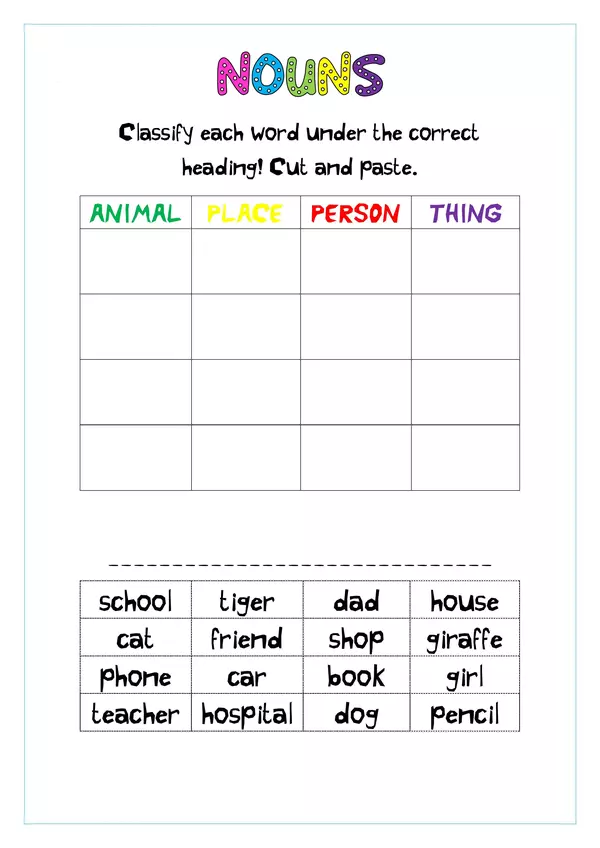
| Resource type | Worksheet |
| Recommended age | 6 - 8 years |
| File information | pdf, 1 pages, 31.2 KB |
You may also use flashcards with pictures instead of words, and ask them to do the same activity pasting the pictures under the correct heading.

| Resource type | Worksheet |
| Recommended age | 6 - 8 years |
| File information | pdf, 1 pages, 31.2 KB |
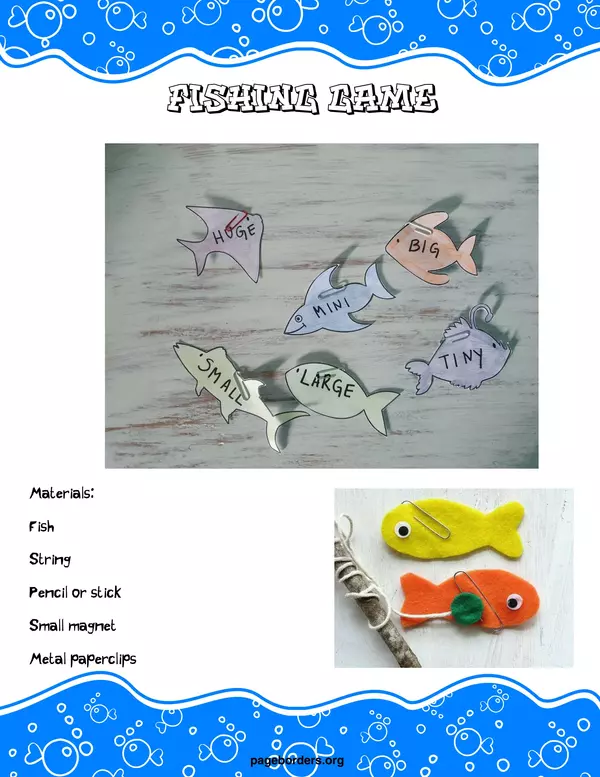
| Resource type | Activity |
| Recommended age | 6 - 7 years |
| File information | pdf, 2 pages, 693 KB |
There are no comments yet, write one yourself!
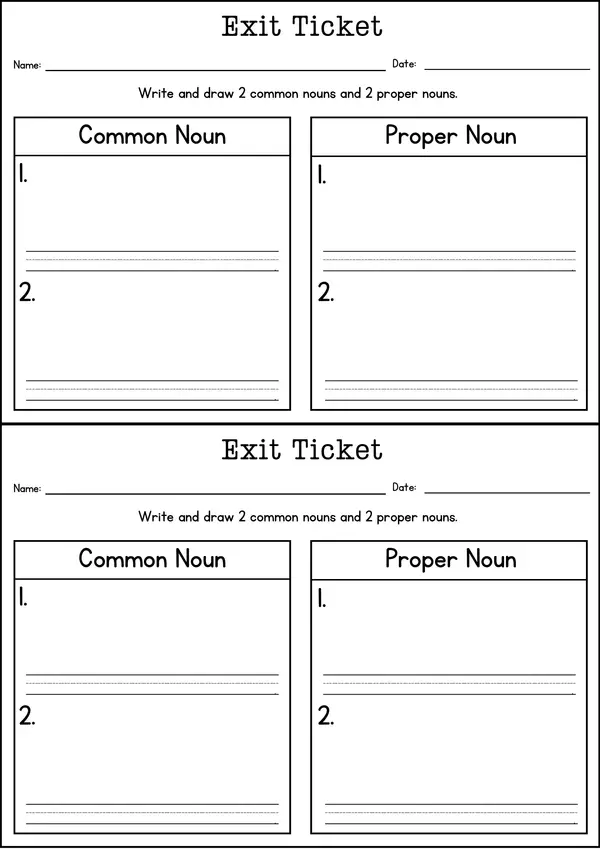
| Resource type | Assessment |
| Recommended age | 7 - 8 years |
| File information | pdf, 1 pages, 13.2 KB |
There are no comments yet, write one yourself!

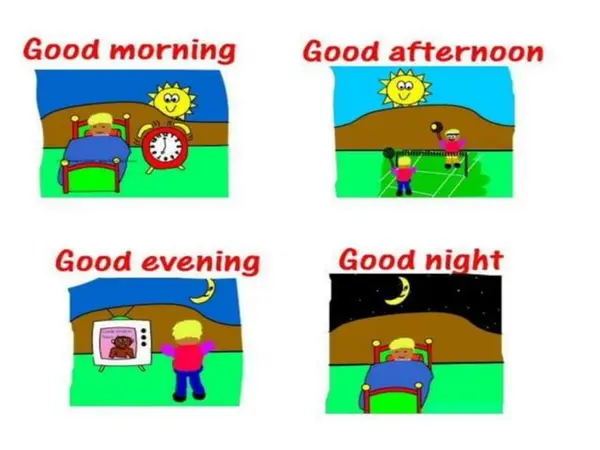
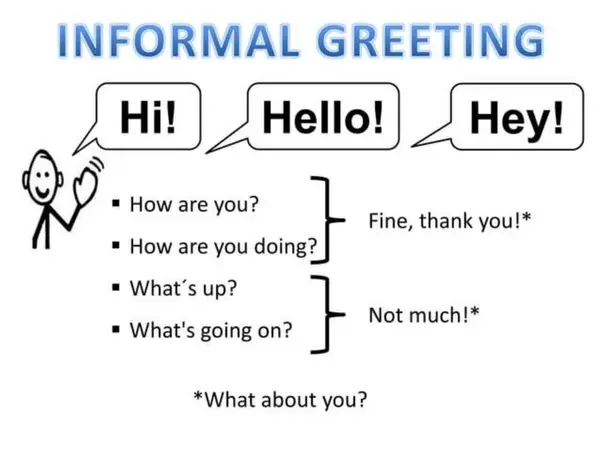
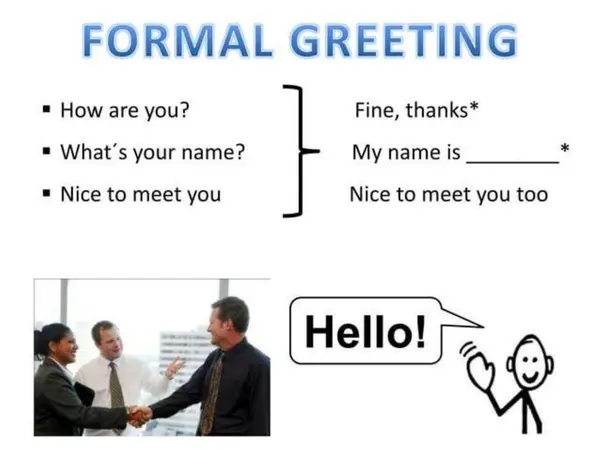
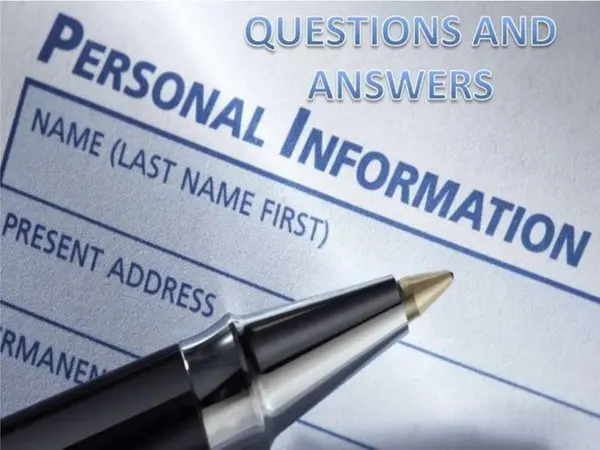
| Resource type | Lesson |
| Recommended age | 4 - 18 years |
| File information | Private link to docs.google.com |
There are no comments yet, write one yourself!
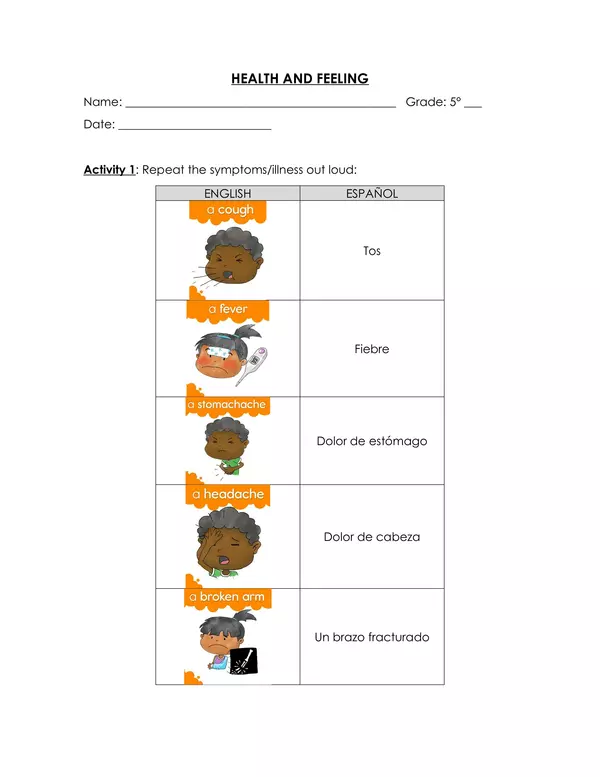
| Downloads count | 1 |
| Resource type | Worksheet |
| Recommended age | 10 - 12 years |
| File information | docx, 2 pages, 3.66 MB |
There are no comments yet, write one yourself!
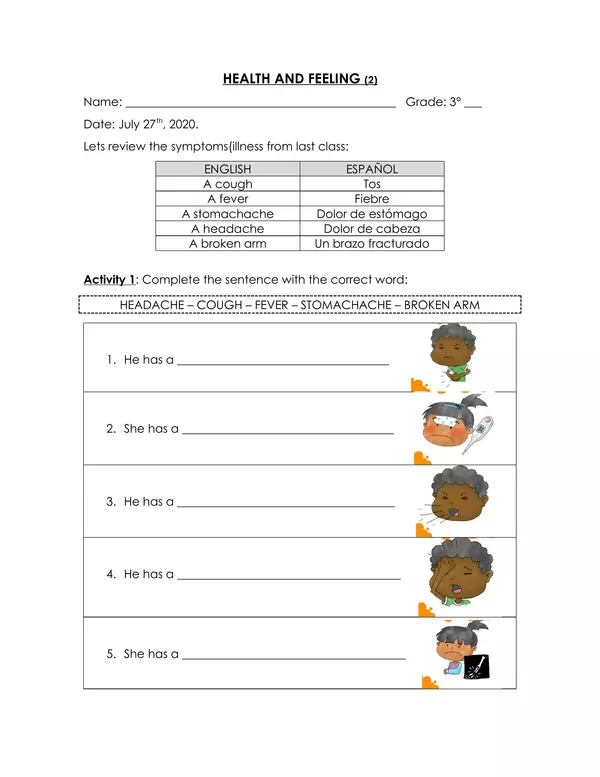
| Downloads count | 1 |
| Resource type | Worksheet |
| Recommended age | 10 - 12 years |
| File information | docx, 2 pages, 1.88 MB |
There are no comments yet, write one yourself!
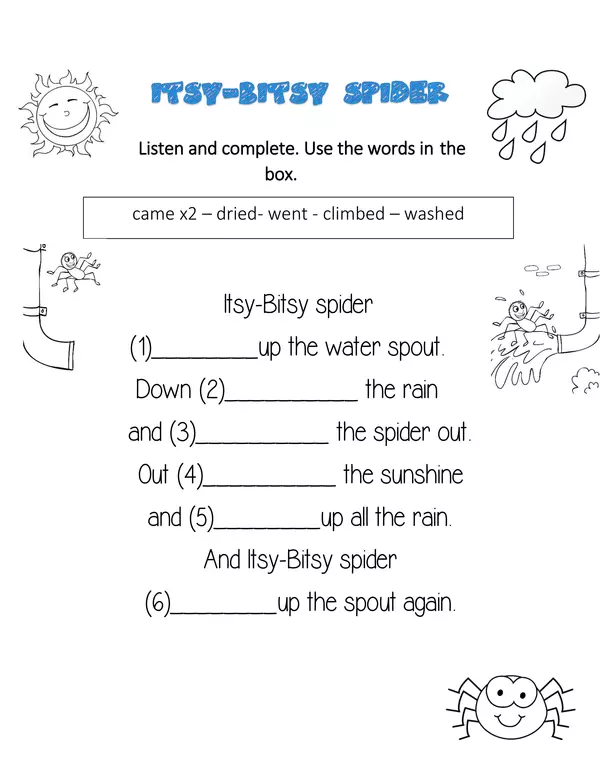
| Resource type | Worksheet |
| Recommended age | 6 - 7 years |
| File information | pdf, 1 pages, 349 KB |
There are no comments yet, write one yourself!
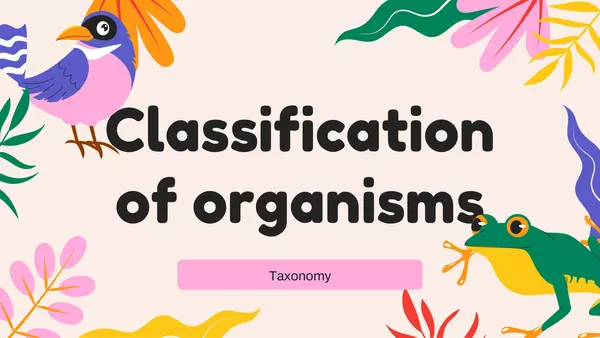
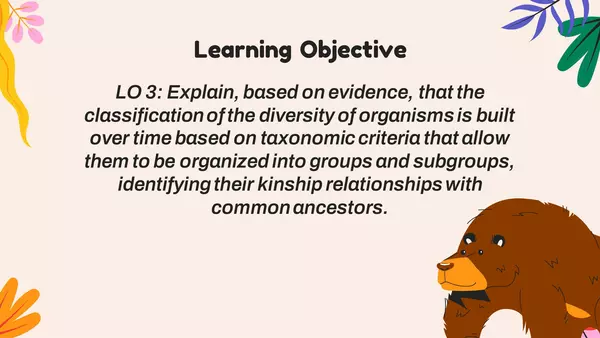
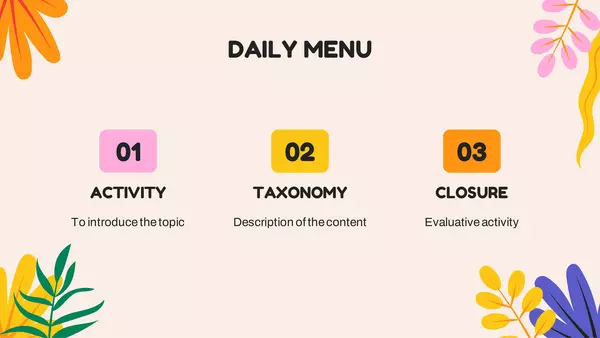
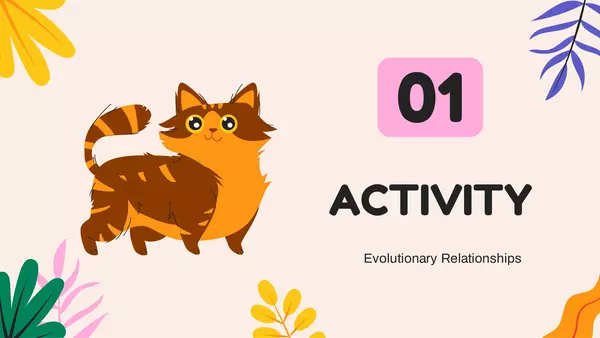
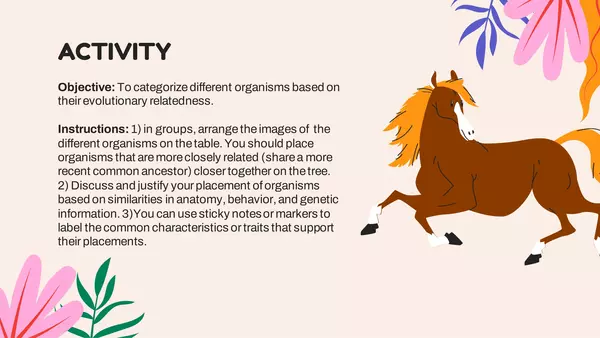
| Resource type | Lesson |
| Recommended age | 13 - 18 years |
| File information | pptx, 24 pages, 5.46 MB |
There are no comments yet, write one yourself!
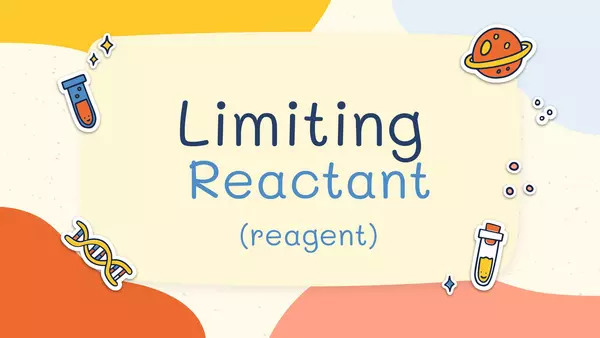
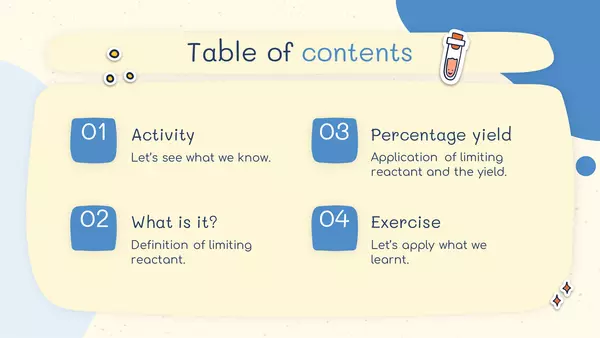
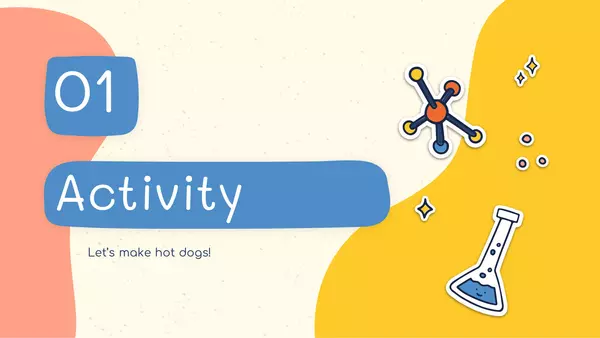
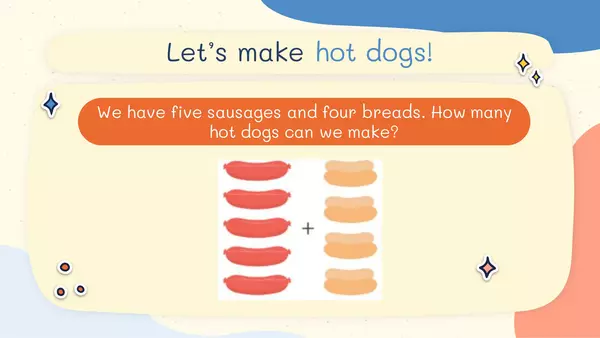
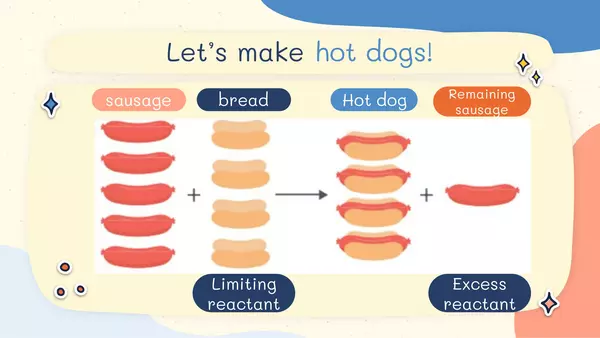
| Resource type | Lesson |
| Recommended age | 13 - 18 years |
| File information | pptx, 14 pages, 1.82 MB |
There are no comments yet, write one yourself!
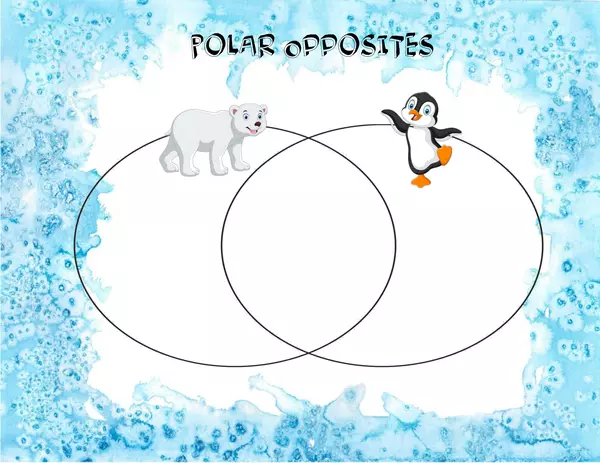
| Downloads count | 1 |
| Resource type | Worksheet |
| Recommended age | 6 - 8 years |
| File information | pdf, 1 pages, 478 KB |
There are no comments yet, write one yourself!
There are no comments yet, write one yourself!